Optimal Timing for Waterproofing
Waterproofing is a critical process that protects structures from water intrusion, preventing damage and extending the lifespan of buildings. Proper timing ensures optimal adhesion and effectiveness, making it essential to understand seasonal and environmental factors.
Dry, mild weather with low humidity is ideal for waterproofing projects. Excessive rain or extreme temperatures can compromise the application process.
Most waterproofing materials perform best within specific temperature ranges, typically between 50°F and 85°F. Applying outside this range can affect curing and adhesion.
Spring and early fall are preferred seasons due to moderate temperatures and lower chances of precipitation, facilitating better application and curing.
Scheduling waterproofing during periods of stable weather allows for thorough preparation and reduces the risk of rework caused by weather disruptions.
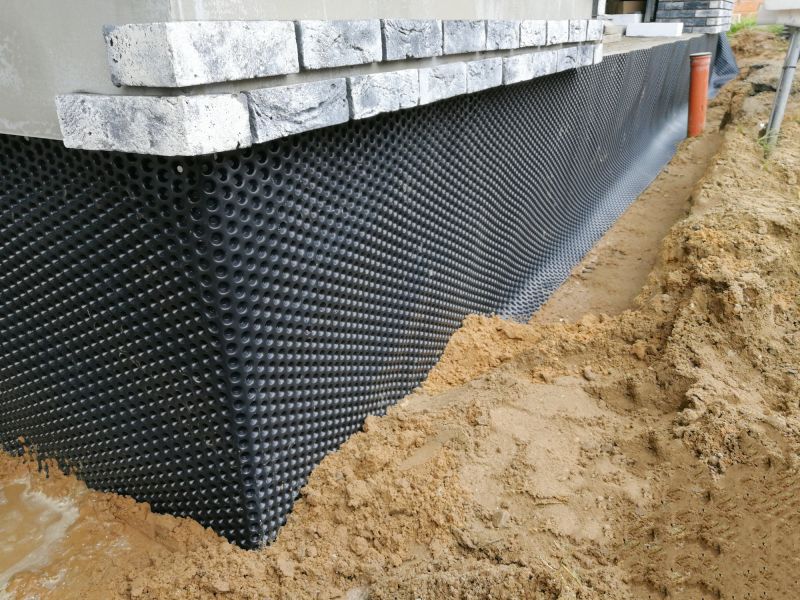
Ways to make Waterproofings work in tight or awkward layouts.
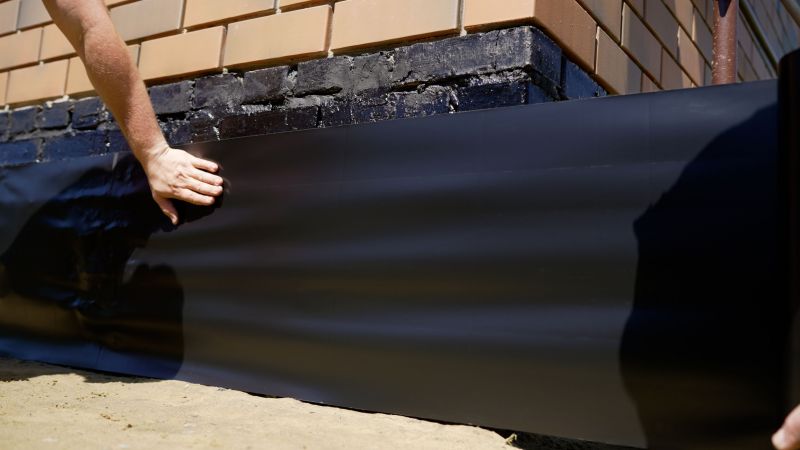
Popular materials for Waterproofings and why they hold up over time.

Simple add-ons that improve Waterproofings without blowing the budget.

High-end options that actually feel worth it for Waterproofings.
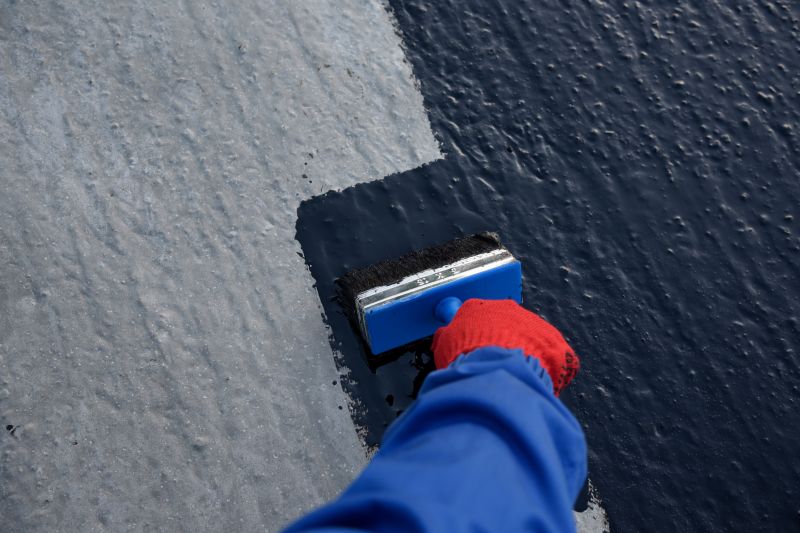
Finishes and colors that play nicely with Waterproofings.

Little measurements that prevent headaches on Waterproofings day.
| Season | Best Conditions |
|---|---|
| Spring | Moderate temperatures, low precipitation |
| Early Summer | Dry, warm weather suitable for application |
| Fall | Cooler temperatures, dry conditions |
| Winter | Not recommended due to cold and moisture risks |
Waterproofing involves applying specialized materials to protect foundations, roofs, and other surfaces from water penetration. Advances in waterproofing technology have improved the durability and effectiveness of these systems, making proper timing even more crucial. Statistics indicate that structures waterproofed during optimal seasons experience fewer issues related to water damage and require less maintenance over time.
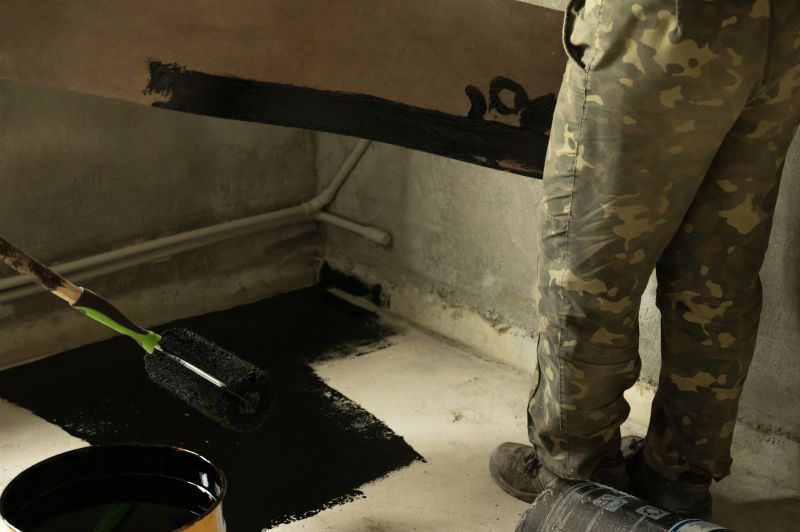
A 60-second routine that keeps Waterproofings looking new.
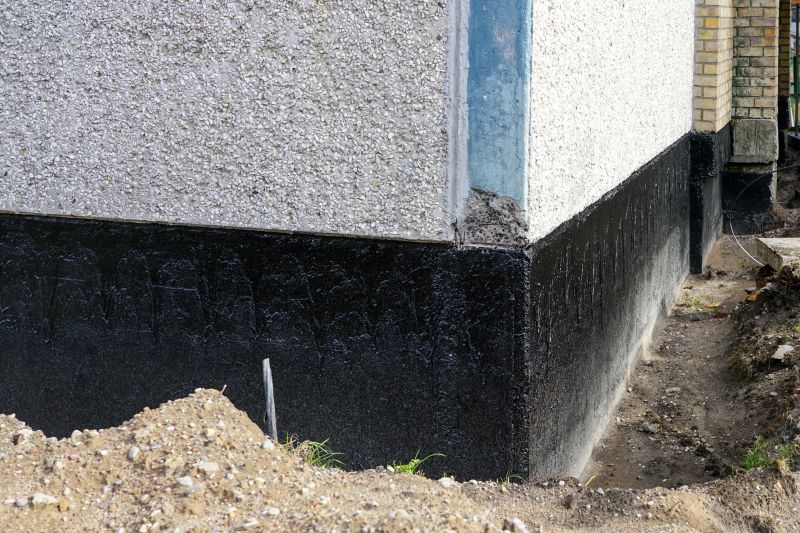
A frequent mistake in Waterproofings and how to dodge it.
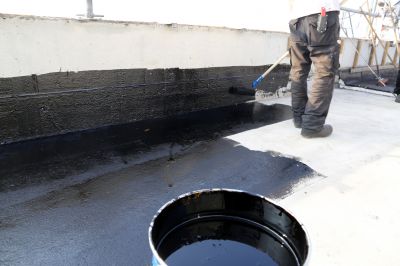
Small tweaks to make Waterproofings safer and easier to use.
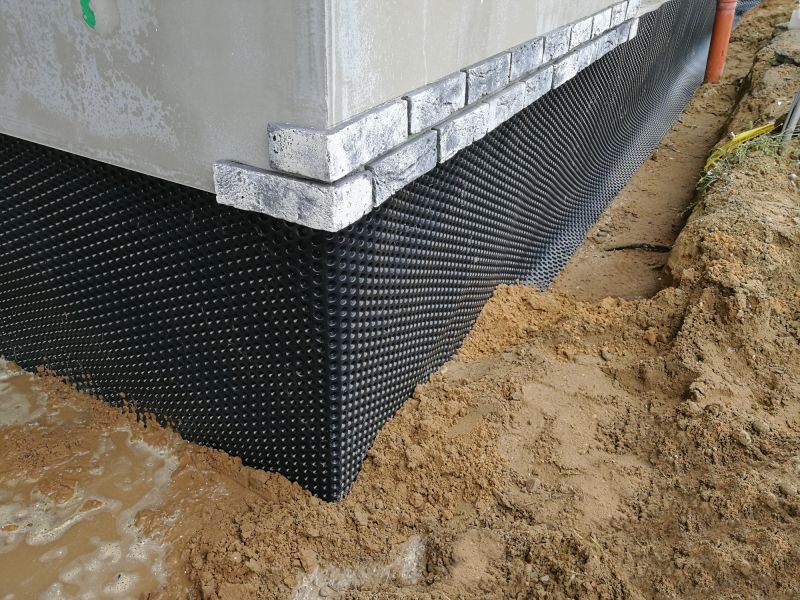
Lower-waste or water-saving choices for Waterproofings.
Interested parties are encouraged to contact for further information on waterproofing options and scheduling. Proper timing and application techniques can significantly enhance the longevity and performance of waterproofing systems, ensuring protection against water damage for years to come.

